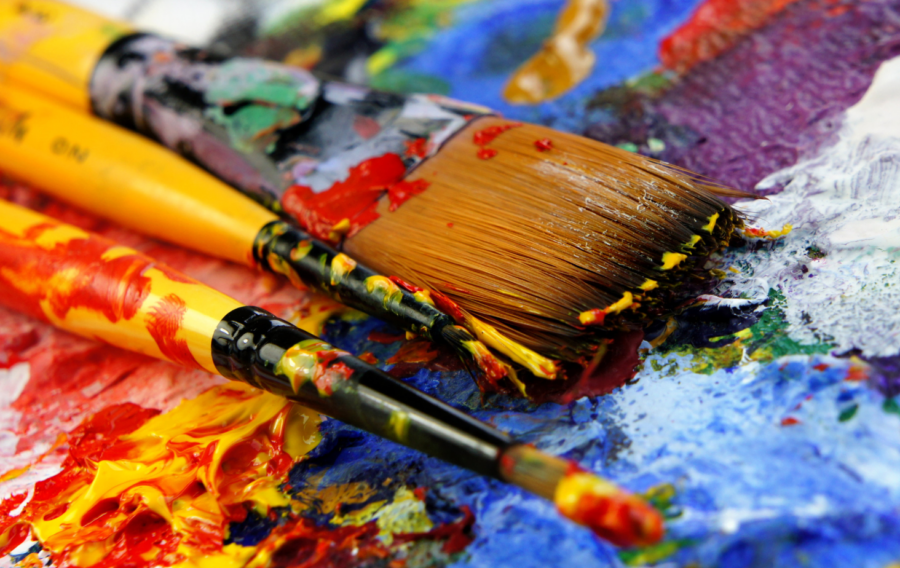Art therapy, not knowing, and new learning

“I don’t know what I’m doing”, she said looking up slightly from the outline of a circle in front of her.
“That’s great!” I exclaimed. I wasn’t aware of the amount of enthusiasm until she pointed it out to me.
“You sound so excited to hear that” she laughed. Then continued to choose colors of acrylic paint, mix them together, and apply the loaded brush to the page, within the boundaries of the pre-drawn circle, slowly spiraling.
I knew she didn’t have a plan for the image she was creating in that moment. In fact, the choice to use paints was a last minute one, different from the usual oil pastels or markers.
Not knowing is so… activating, I thought. Here I am energized by the thought of my client not knowing and I imagine she is feeling quite different, maybe uncomfortable, maybe at her edge.
As an art therapist I constantly find myself noticing how RO DBT plays into my sessions with clients. I am aware of the fact that for many adult clients who come to me for art therapy sessions, the idea of actually making art is terrifying. Asking someone to make a mark on a blank piece of paper can be intimidating. Using new, or less familiar, mediums can be anxiety-inducing. Not knowing the direction an artwork is going is scary.
In these moments, I encourage clients to get curious, to use RO DBT’s skill of self-enquiry. Asking, “what is there for me to learn in this discomfort (this painful experience)?”
I’ve always felt that RO DBT gives words to the exploration I’ve found inherent to art therapy sessions. Over the past four years as an RO DBT clinical scholar, as my learning has deepened, I’ve realized this continues to be true. In fact, I believe that being an art therapist, and witnessing this process over and over, has allowed me to deepen my understanding of self-enquiry.
For one, there is my own self-enquiry about my perspective of my client’s experience. In this case, what is there for me to learn in being excited about someone not knowing? Is it possible that my own response to this moment may be prohibiting me from connecting with my client’s experience? These sorts of questions, serve as quick check-ins for me, nudging me to check-in with the other person, asking instead of telling them, about their perspective.
For another, making art during an art therapy session can be tangible proof of the most uncomfortable stages of learning, conscious incompetence and conscious competence. By accepting an invitation to make art in a therapy session, one is truly allowing themselves to be seen completely, before any erasures. This is a place of deep vulnerability and one that is ripe for learning.
RO DBT reminds us that: 1. We will make mistakes; and 2. in order to learn from our mistakes, we have to attend to our errors. Art therapy clients are encouraged to embrace mistakes as a way to learn about materials, the process of art making, and oneself, including expectations. In this way, getting curious about the process, and expectations about a product made, is a practice of self-enquiry. Being open to not knowing is the way to foster new learning.